Are you getting bored with car camping and looking to take it to the next level? Great! Backpacking is a great way to experience the outdoors and avoid some of the crowds of a traditional campground. There are plenty of backpacking trips for beginners that are simple and close to civilization. These are the type of trips we enjoy at the Lazy Outdoorsman. If you are looking for advice on extreme adventures, this is not the website for you…try Bear Grylls or someone like that. The concept of backpacking is straight forward: carry everything you need for primitive camping on your back, hike to a destination, setup camp, and then the next day pack up and leave for your next destination! This does require some specialty gear that usually differs from traditional camping equipment. Lets go over some of the basic things you will need.
Basic Backpacking Gear
Lightweight Tent
The tent you use for backpacking should be small and lightweight. Every ounce starts to add up quickly in your pack. Unfortunately, the lighter you go the more expensive the tents usually become, so try to find a good mix of value and features. Once you determine how many people it needs to sleep, you can start shopping around for the best deal. If multiple people will be sharing a tent, a common practice is to split the tent parts up between the different hikers to lessen the burden during the journey.
Here is one very similar to what I use: Marmot Tungsten 2P Backpacking Tent
Pack

Unlike the tent choice above, choosing the correct pack for backpacking can be complicated. There are many different size packs, they can be gender specific, and have large weight variations. The best thing to do is go to a camping store and try on several different options and see what is the most comfortable. Most packs these days have internal frames and all will have hip belts to help distribute the weight of the load. The pack’s size is measured in liters, so you will see that number next to the description (example 50L). It is a good idea to pick one large enough to fit your gear for a few day trip, with a little room left over. In my opinion, the best size range for most new backpackers is between 50 and 70 liters. This is enough space for a multiple day journey.
I have North Face pack, but if I were to buy another one I would go with a model from Osprey. They make great packs and have a fantastic warranty. (Warning: in case you haven’t figured it out yet, this activity is expensive, but there are cheaper pack options). Here is a nice unisex pack: Osprey Packs Volt 60 Backpack
Sleeping Bag and Sleeping Pad
If your current camping sleeping bag is easily packable or you chose the bag I recommended in Beginner’s Guide to Camping Gear, then you are good to go. If you want to be comfortable at night, I recommend a self-inflating pad that can be rolled up and easily packed. These do take up a considerable amount of pack space, so I usually tie it to the outside of my pack to save internal storage space for the sleeping bag.
I prefer pads made by Therm-a-rest like this one: Therm-a-Rest ProLite Ultralight Self-Inflating Backpacking Pad
Hydration and water storage
You are going to work up a sweat while hiking and need to have a large supply of water to re-hydrate. Most likely there will not be water provided along the trail unless you are within a managed recreation area, so you will need carry all water with you. Pretty much all backpacking packs have a spot to carry a hydration reservoir internally, which allows you to drink while on the move. You should carry a few Nalgene bottles filled. There are also compact filtration devices that will allow you to utilize lake, river, and stream water (make sure to follow filtration instructions closely).
Hydration Reservoir– Make sure the one you buy fits your pack, but I use a 3 liter reservoir. Most have a easy to use “bite valve” that makes it easy to drink while hiking. Here is a good option: Platypus Hoser 3.0L Hands-Free Hydration System
Water Bottle– Go with the classic Nalgene bottle – Nalgene Tritan Wide Mouth BPA-Free Water Bottle
Water treatment – A small filtration system is perfect for backpacking because they are compact and filter out all the nasty stuff in fresh water. Katadyn is a big name in filtration. Here is one of there smaller filters: Katadyn Hiker Water Filter
Food storage and cooking
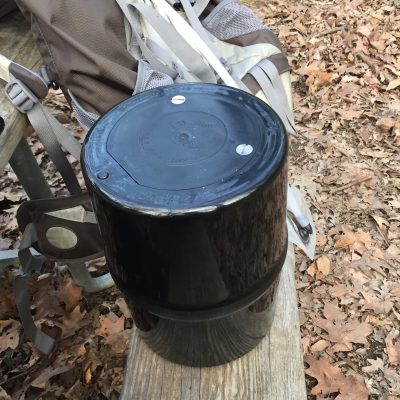
It is important to properly pack and store the food you bring backpacking, especially if you are hiking in bear country. I usually pack all food and any scented item in a bear safe canister (pictured above) to prevent any mishaps. At night, I move the canister, with the food in it, to an area a good distance from camp. An alternative method is to put the food in a bag and hang it high up in a tree for the night. Make sure to consult park offices before your trip, to determine if there are any special rules to follow regarding food storage (Many National Parks require Bear canisters).
Cooking while backpacking can be a fun way to relax after a long hike and it is much better than eating another granola bar. They make compact camp stoves and lightweight pots that are easily packed. Combine backpacker specific freeze dried meal packets (which are actually tasty) with water, add heat, and you have yourself a nice meal. Just don’t forget to pack a fork from home or you can always get a special backpacking utensil set.
Bear Canister: Backpackers’ Cache – Bear Proof Container
Camp Stove that includes pot: The Jetboil stove cooking system boils water super fast and the included pot is very lightweight – Jetboil Flash Cooking System
Freeze dried meal: Mountain house makes the best freeze dried meals and there are a lot of choices. Here is one: Mountain House Chicken Teriyaki with Rice
Utensils: you can always just bring some from home, but here is a set for camping: GSI Outdoors Glacier Stainless Steel Three-Piece Ring Cutlery
Boots and socks
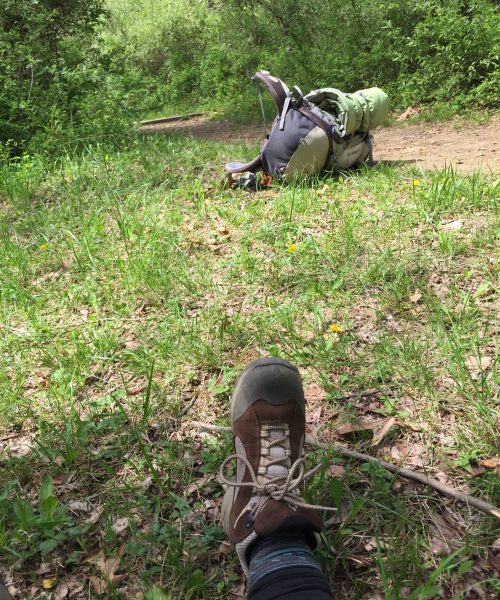
It probably goes without saying, but the footwear you choose for this activity is very important. A good fitting pair of boots and quality hiking socks are mandatory for backpacking any amount of distance. If you are close to a REI store, I would say go there and try on a few pairs to see what works for you. I prefer that my boots are water resistant and the more ankle support they have, the better for me.
Boots: If possible, Go try a pair on at a local store. There are too many good options to recommend anything in particular.
Socks: There are a million good sock options too, but I have grown fond of socks made by Darn Tough. A pair like this: Darn Tough Merino Wool Micro Crew Sock
Miscellaneous Essentials to Pack
Navigation– Get a map of the area/trail you are hiking. It is a good idea to have a compass or GPS if you are going off trail. Hiking GPS units have gotten cheaper: Garmin eTrex 10 Worldwide Handheld GPS Navigator
First Aid Kit– Always be prepared. Pac-Kit by First Aid Only
Headlamp-This is the headlamp I use : Petzl – TIKKA Headlamp, 200 Lumens
Rain Jacket– It is good to bring a lightweight packable rain jacket just in case the weather changes. Something like this will work: Columbia Men’s Watertight II Front-Zip Hooded Rain Jacket
Sun protection– Bring sunblock or at least a hat.
Knife/Multi-tool– Here is a good one: Gerber Suspension Multi-Plier
Fire starter & lighter/matches– Put them in a ziploc bag to keep moisture out.
Whiskey– Just kidding…
Note: As an Amazon Associate I earn from qualifying purchases
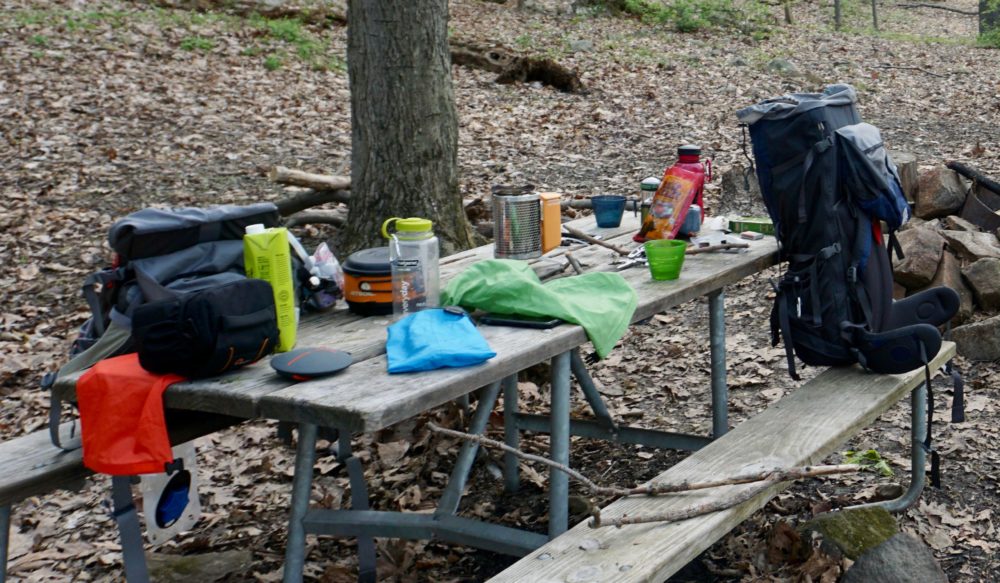
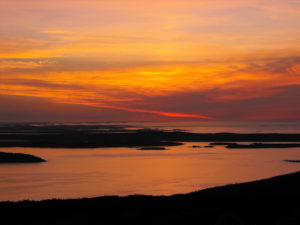
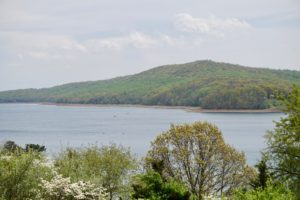
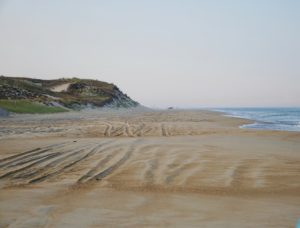
Tom Krug
27 Aug 2018Awesome guide. Tweeted it! And as a vet who’s spent way too much time on his feet, socks really are important.